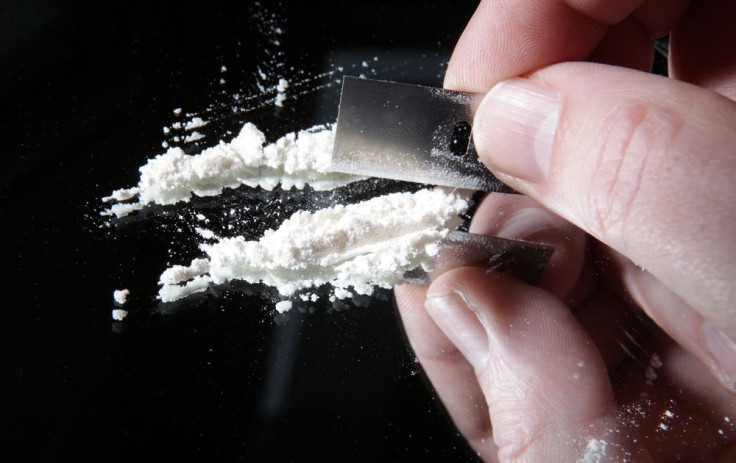Ecstasy-Related Emergency Room Visits More Than Doubled From 2005-2011; MDMA Increasingly Popular Among Young People

Ecstasy use among young people has increased dramatically over the past decade, according to a new review of hospital records. The Substance Abuse and Mental Health Administration (SAMHSA) reports that between 2005 and 2011, emergency room visits related to 3,4-methylenedioxy-methamphetamine (MDMA) derivatives, like molly, rose by 128 percent among patients younger than 21. The findings indicate an alarming trend that persists in the face of well-publicized hospitalizations and deaths.
The drug, which is enjoying particular popularity among concert and rave goers, has stimulant as well as hallucinogenic properties. Adverse effects include confusion, anxiety, and other types of psychiatric discomfort. Abuse is associated with an increased risk of high blood pressure, hyperthermia, as well as heart and kidney failure.
But according to Peter Delany, director of SAMHSA’s Center for Behavioral Health Statistics and Quality, the real dangers of the substance are often difficult to predict. As a compound street drug without safety protocols, ecstasy is often synthesized in subpar lab environment and cut with volatile adulterants that carry with them a range of health risks. “These findings raise concerns about the increase in popularity of this potentially harmful drug, especially in young people,” he said in a press release. “Ecstasy is a street drug that can include other substances that can render it even more potentially harmful. We need to increase awareness about this drug’s dangers and take other measures to help prevent its use.”
Speaking to CNN, Rusty Payne, a spokesman for the Drug Enforcement Administration (DEA), said that efforts to illuminate these risks are typically offset by clever marketing strategies from suppliers and distributors. Despite repeated attempts to highlight sketchy manufacturing processes, the public continues to view MDMA, ecstasy, and molly as “pure” substances. "[Suppliers] are making it look like something that is safe and easy to take, but in many cases, you're playing Russian roulette," Payne told reporters. "You have no idea the lab environment these chemicals or substances were produced in. If they knew where things were produced, they might think twice."
The health risks underscored by the SAMHSA’s new review recall the events at this year’s Electric Zoo music festival in New York and the Paradiso Festival in Washington, where the drug was linked to several fatalities and hospitalizations. But while these incidents may seem like deterrents, some health experts are wary of incorporating them into campaigns, as they represent adverse effects that are rare and foreign to many users. "What we've done and what we consistently do is we include people that exaggerate the harms," Carl Hart, an associate professor of psychology at Columbia University, told reporters. "Kids are not listening because they've already had the experience. ... They (think they) should reject everything we're saying because we're not being accurate, and they know it."
Published by Medicaldaily.com



























